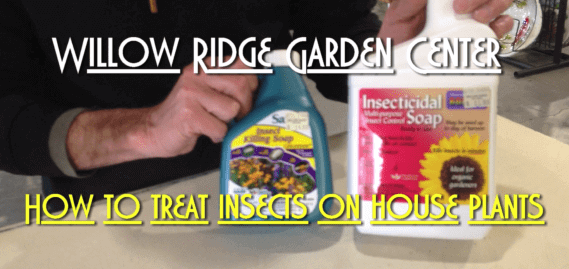There are almost as many answers to this question as there are houseplants. Leaves that turn yellow or brown are a symptom that something, somewhere is wrong with your plant. That something could be as simple as too much or too little water all the way to severe disease or pests. It would be wonderful if there was always a simple answer but most of the time its trial and error that leads us to the solution.
First, its important to note that plants age just as people do, and just as we turn grey or lose our hair, plants lose their leaves as they age. This is a perfectly natural occurrence and no reason to panic. If the bottom leaves on your plant start to fade slowly over time it’s normal but, if you see leaves at the top or middle of the plant showing signs of rapid discoloration or dropping it’s something to pay attention to.
Yellowing or browning leaves are usually symptom of the following issues.
Water- Too much water can cause several problems. First, soil that stays too wet cannot produce oxygen which is vital for healthy roots. Over time, lack of oxygen will cause roots to rot. Too much water also flushes vital nutrients from the soil. Yellowing leaves are a common sign of over watering. Too little water on the other hand can cause browning on the tips of the leaves as the plant draws moisture from them to survive. The best way to determine if your leaf problem is caused by a watering issue is to adjust your watering schedule and notice if there is any improvement.
Light, Temperature and Humidity- As we know, every plant has different requirements when it comes to these three things. Thankfully these are simple problem to solve. Yellowing leaves are a symptom of too little light and browning a sign of too much. Moving plants around within the room will usually solve these issues but don’t forget about temperature and humidity. Most plants would prefer not to be close to heat and air conditioning vents which can not only dry the soil too quickly but also dry out delicate leaves. If your houseplant is one that needs higher humidity try not to place these plants near vents.
Pests and Disease- These issues are a little easier to identify because leaves of a plant with pests or disease will look different than the issues discussed above. The problem is that until an entire leaf turns brown or yellow, we may not investigate the cause closely enough. Damage from pests and disease starts small. There may be tiny spots on the leaves, chew holes, webs or even excrement that can go unnoticed. It’s wise to look over your plants every time you water to catch problems before they cause damage. Inspect the undersides of the leaves as well as stems and the soil surface.
Improper Fertilization and Water Quality- There are many excellent houseplant fertilizers on the market. Be sure to use one that is specific to the plants habit. Products higher in nitrogen are great for foliage plants but look for fertilizer with a bloom booster if your houseplants are of the flowering variety. Hard water can be hard on your plants. Excess minerals can build up in the soil and chlorinated water can cause damage. Whenever possible use distilled water or allow your tap water to sit for at least 24 hours before watering.
It can be frustrating to know that something is causing your plant to suffer but with a little investigation and possibly a few changes your plants will be on the road to recovery in no time! If you need additional support please feel free to call or stop into the garden center, we will be happy to help!

